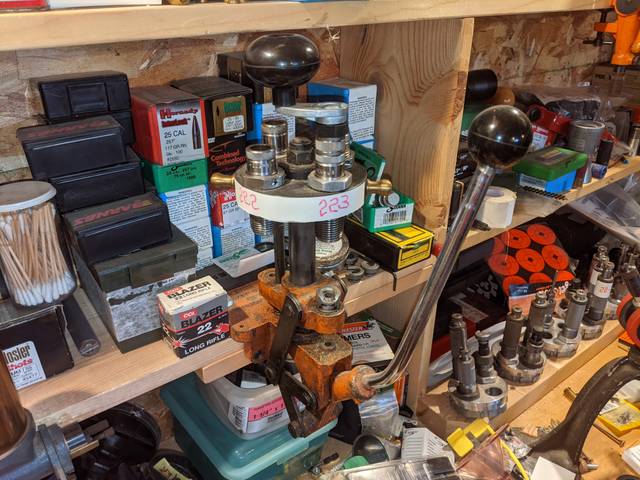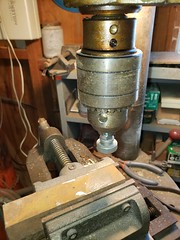TXCOONDOG
Well-known member
I bought new Starline in .308 to compare to new Lapua brass. I necked turned, annealed and fire formed both manufactures of brass and bump the shoulder back .002" on 20 pieces for testing.
I wet tumbled, trimmed the Starline and Lapua to the same length, seated a fired primer in both cases and measured volume in grains of water and the Starline held .2 tenths more water on average.
Ran the same loads using 44.7 grains of Varget, 165gr SST and Federal 210 primers out of a 16.5" 1:12 twist 700 barrel with Ti can.
Disclaimer: This is my load for my rifle and you need to work up your own safe loads for your rifle.
Accuracy was virtually the same (.480"-.600") shooting five shot groups at 100yds.
The Starline had to be annealed after each firing because of case hardening & spring back (Lapua every other firing)and sometimes had to be resized twice in the die in order to bump the should back .002". The primer pockets started loosening on the Starline after two firing, lost 5 pieces on the 3rd firing and by the 5th firing, none of the brass would hold the primers.
I'm now on twenty firings with the Lapua and found two pieces of brass with loose primer pockets.
Just my experience with the two manufactures of rifle brass.
I wet tumbled, trimmed the Starline and Lapua to the same length, seated a fired primer in both cases and measured volume in grains of water and the Starline held .2 tenths more water on average.
Ran the same loads using 44.7 grains of Varget, 165gr SST and Federal 210 primers out of a 16.5" 1:12 twist 700 barrel with Ti can.
Disclaimer: This is my load for my rifle and you need to work up your own safe loads for your rifle.
Accuracy was virtually the same (.480"-.600") shooting five shot groups at 100yds.
The Starline had to be annealed after each firing because of case hardening & spring back (Lapua every other firing)and sometimes had to be resized twice in the die in order to bump the should back .002". The primer pockets started loosening on the Starline after two firing, lost 5 pieces on the 3rd firing and by the 5th firing, none of the brass would hold the primers.
I'm now on twenty firings with the Lapua and found two pieces of brass with loose primer pockets.
Just my experience with the two manufactures of rifle brass.






